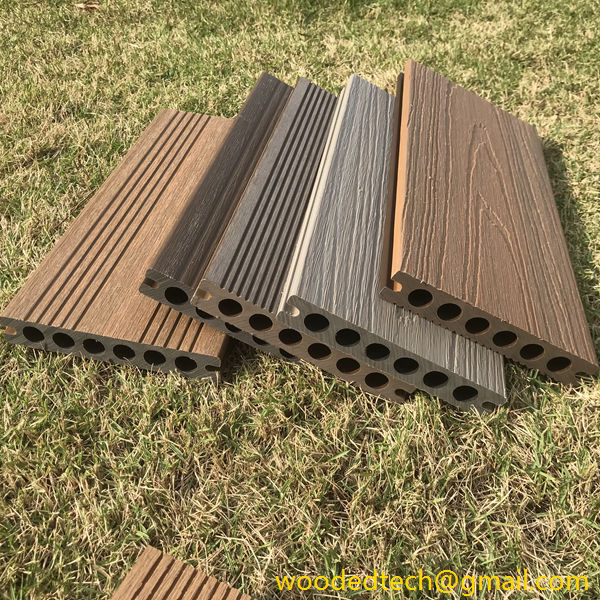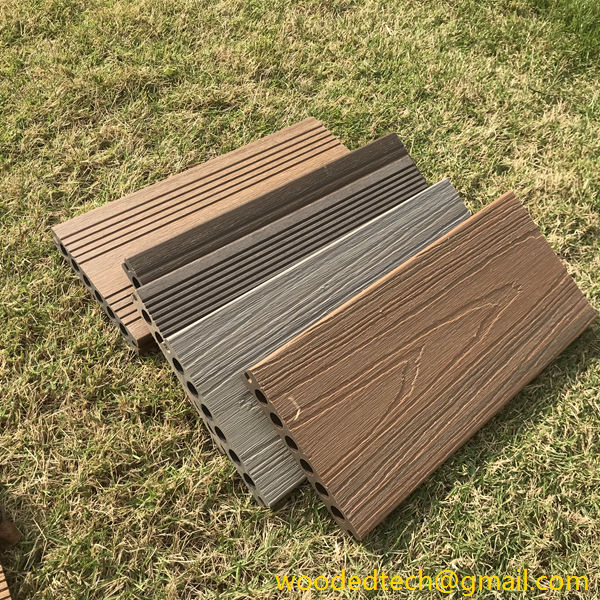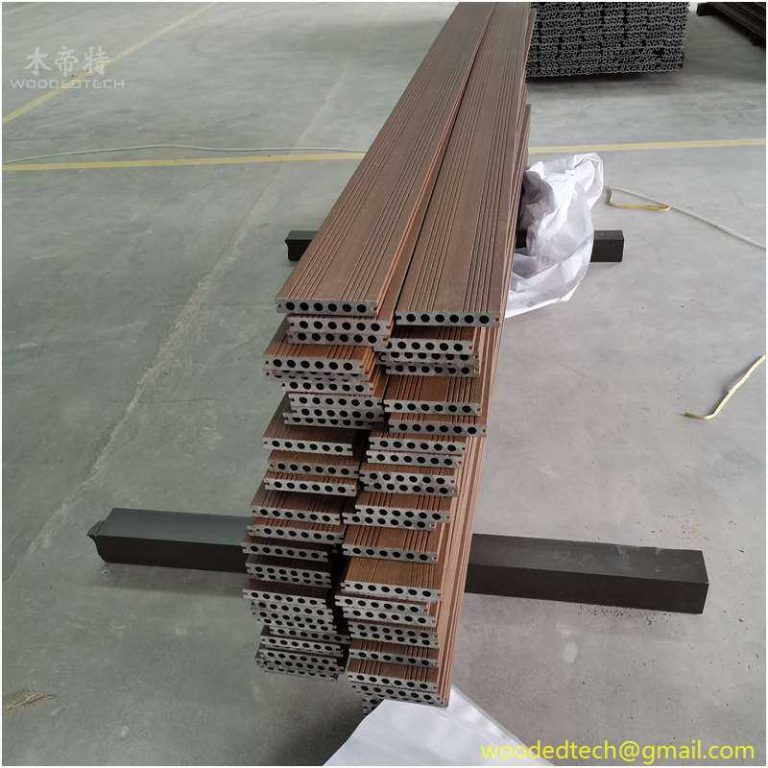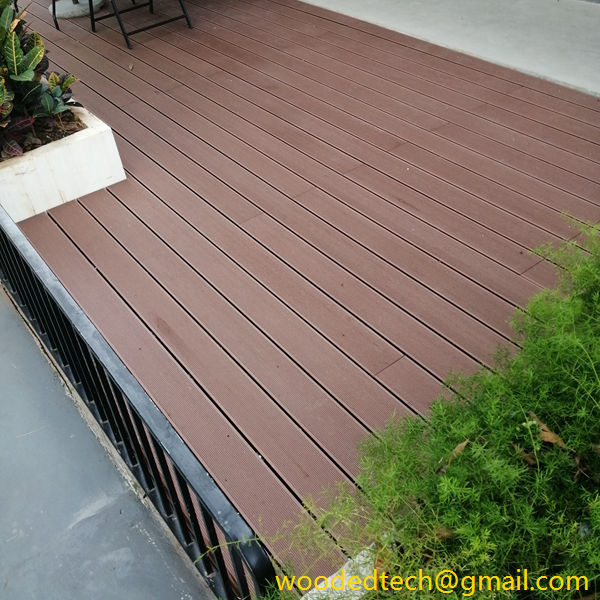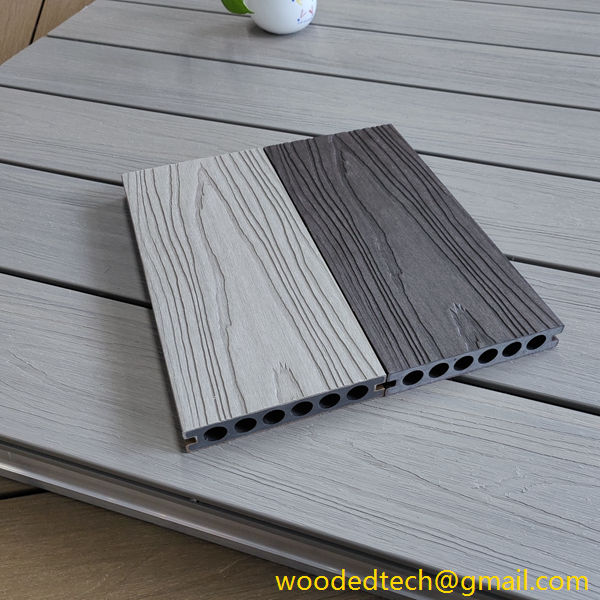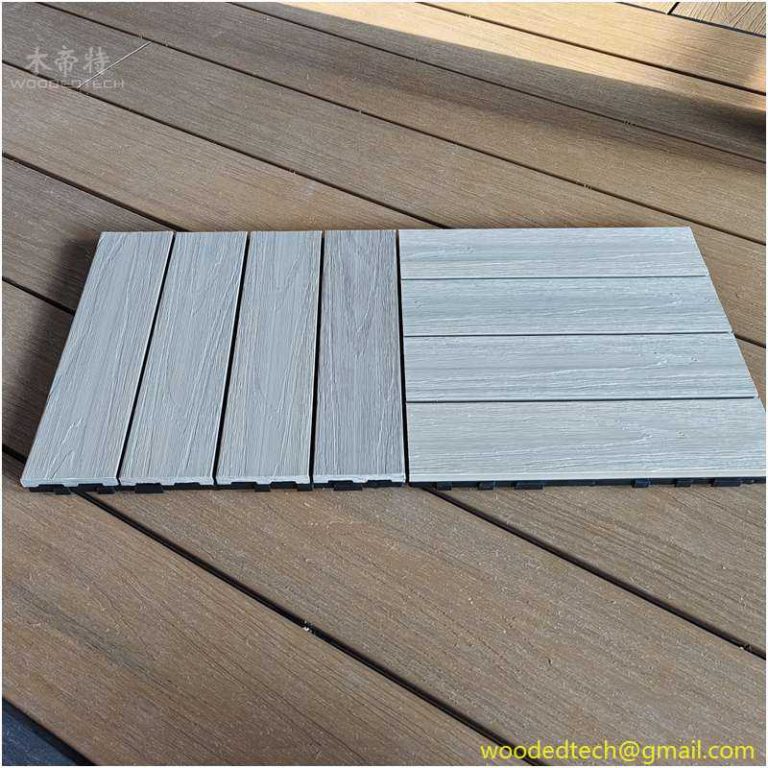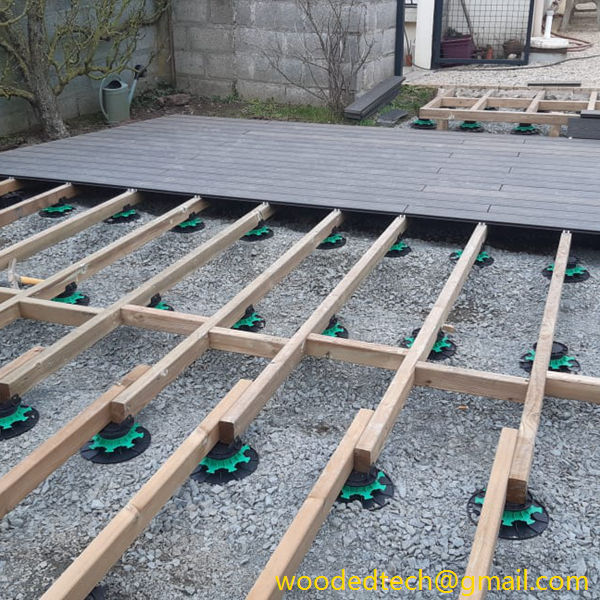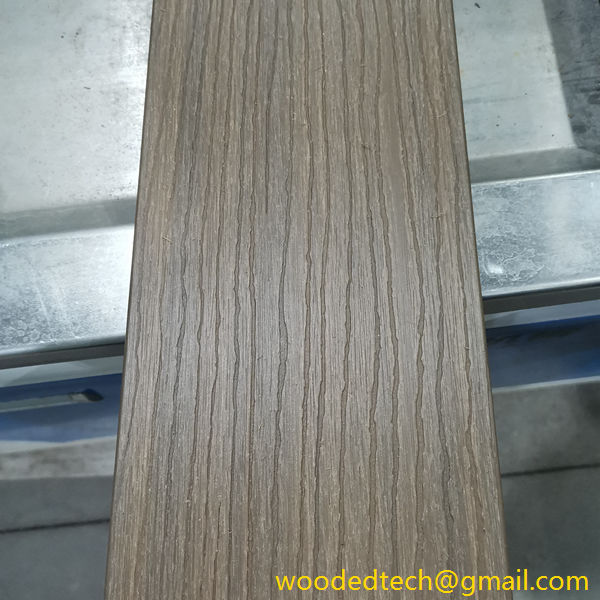Choosing the Right Composite Decking Width for Your Project
Choosing the Right Composite Decking Width for Your Project When embarking on a decking project, one of the most crucial decisions you’ll face is selecting the right composite decking width. Composite decking has gained immense popularity over the years due to its durability, low maintenance, and aesthetic appeal. However, understanding how the width of your…
Choosing the Right Composite Decking Width for Your Project
When embarking on a decking project, one of the most crucial decisions you’ll face is selecting the right composite decking width. Composite decking has gained immense popularity over the years due to its durability, low maintenance, and aesthetic appeal. However, understanding how the width of your decking boards can impact your overall design, functionality, and the final look of your outdoor space is essential.
Composite decking boards come in a variety of widths, typically ranging from 3.5 inches to 12 inches, and each width offers distinct advantages and considerations. The choice of width can profoundly influence not only the visual aspect of your deck but also its structural integrity and usability.
One of the primary considerations when choosing the width of your composite decking is the scale of your project. For smaller decks or spaces, narrower boards may be more appropriate as they tend to make the area feel larger and more open. Wider boards can make a grand statement in larger spaces, providing a bold, modern look. If you have a more expansive outdoor area, wider boards can create fewer seams and a more cohesive appearance. However, the visual impact of board width is not just about size; it’s also about how the boards interact with other design elements in your space.
Another important factor to consider is the design style of your outdoor area. Different widths can complement various aesthetics. For instance, if you’re aiming for a traditional look, narrower boards might evoke a classic feel reminiscent of traditional wood decking. Conversely, if you’re going for a contemporary or minimalist design, wider boards can enhance that sleek, modern vibe. Additionally, if your deck features intricate patterns or layouts, the width of the boards can either enhance or detract from these designs. It’s wise to visualize how your chosen width will work with the overall theme of your outdoor space.
Beyond aesthetics, the width of your decking boards can significantly affect performance and functionality. Wider boards, while visually striking, can be more prone to warping or bending under extreme temperatures. This is especially relevant in regions that experience significant temperature fluctuations. On the other hand, narrower boards may provide greater stability, making them less susceptible to these issues. It’s essential to consider your local climate and choose a width that will hold up well over time, ensuring the longevity of your deck.
Another aspect to consider is the installation process. Generally, wider boards can be quicker to install since they cover more area with fewer pieces. However, they may require more specialized tools or techniques to ensure they are laid down correctly, especially in terms of spacing and alignment. Narrower boards may take longer to install due to their smaller size but can be easier to handle and maneuver, particularly in tight spaces or when working around existing structures. Understanding your own comfort level and experience with DIY projects can also guide your decision on board width.
Maintenance is another critical consideration when choosing the width of your composite decking. While composite decking requires less maintenance than traditional wood, the width of the boards can impact how easily you can clean and care for your deck. Wider boards may have fewer seams, which can mean fewer places for dirt and debris to accumulate. However, they may also require more effort to clean as they cover more surface area. Conversely, narrower boards may be easier to clean between but could accumulate dirt in the seams more quickly. Assessing how much time and effort you are willing to invest in maintaining your deck will help inform your choice of width.
In addition to these practical considerations, think about how you plan to use your deck. If you envision hosting large gatherings, wider boards may provide a more spacious feel, accommodating furniture and foot traffic more comfortably. On the other hand, if your deck is primarily for intimate gatherings or quiet relaxation, narrower boards might create a cozier atmosphere. The way you intend to use your outdoor space should play a significant role in guiding your choice of decking width.
Finally, budget is an essential factor in any construction project. Wider boards may be priced differently than narrower ones, depending on the manufacturer and the specific materials used. It is advisable to compare costs and weigh them against the benefits each width offers.
Ultimately, choosing the right composite decking width for your project involves a careful consideration of various factors, including aesthetic preferences, project scale, climate conditions, installation ease, maintenance requirements, usage intentions, and budget constraints. As you embark on this decision-making journey, take the time to visualize how different widths will affect the overall feel and functionality of your outdoor space. Whether you lean toward the sleek modern look of wider boards or the classic charm of narrower ones, making an informed choice will ensure that your composite deck not only meets your practical needs but also enhances the beauty and enjoyment of your outdoor living area for years to come.

